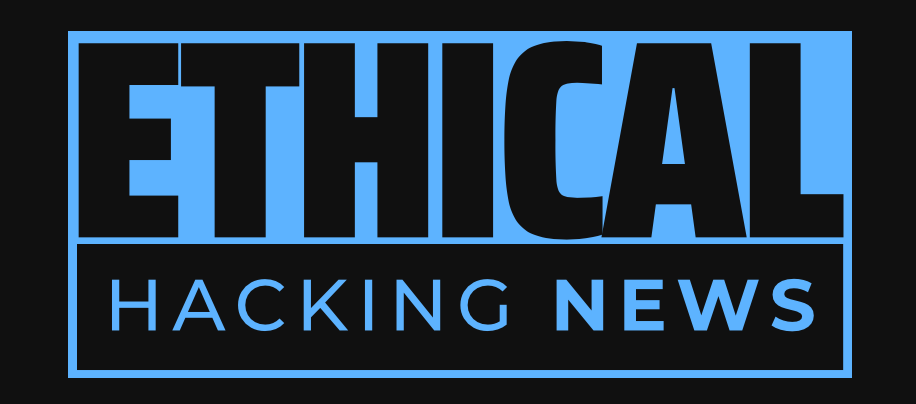Ethical Hacking News
Malicious GitHub repositories have unleashed devastating cyberattacks on nearly 1 million devices, highlighting a broader problem with open-source software development and distribution. Microsoft has taken steps to alert users and provide them with valuable information about the malicious repositories, but it's clear that there is still much work to be done when it comes to protecting against these types of threats.
Nearly 1 million devices have fallen victim to malicious GitHub repositories. Malicious repositories use malvertising campaigns to generate revenue through ads, which also deliver malware and other malicious software. The attackers used sophisticated techniques to evade security measures, including multiple redirect layers and clever coding. Over 200,000 GitHub repositories contain malicious code, highlighting the platform's vulnerability to cybercriminals. Users must take proactive steps to protect themselves from cyberattacks, such as using reputable antivirus software.
Malicious GitHub repositories, once thought to be a safe haven for developers and open-source enthusiasts alike, have been revealed as a breeding ground for some of the most devastating cyberattacks in recent history. According to recent reports, nearly 1 million devices have fallen victim to these malicious repositories, with the damage being estimated to be substantial.
At the heart of this crisis lies a complex web of malvertising campaigns, which use pirate video-streaming websites to generate revenue through pay-per-view or pay-per-click ads. These campaigns, however, have a darker side – they also serve as vectors for delivering malware and other malicious software to unsuspecting users.
One of the most striking aspects of this crisis is the level of sophistication exhibited by the attackers. Using a combination of multiple redirect layers and clever coding techniques, the attackers were able to evade even the most advanced security measures. The malware, which was hosted on GitHub repositories, not only stole sensitive information such as browser credentials but also conducted additional malicious activities like command and control (C2) operations to download additional files and exfiltrate data.
But what makes this crisis particularly concerning is that it highlights a broader problem with the way in which open-source software is developed and distributed. With nearly 200,000 GitHub repositories containing malicious code, it's clear that the platform has become a hub for cybercriminals to share their latest exploits.
This crisis also serves as a stark reminder of the need for increased vigilance when it comes to cybersecurity. As more and more devices are connected to the internet, the risk of cyberattacks increases exponentially. It's imperative that users take steps to protect themselves, such as using reputable antivirus software and keeping their operating systems and software up-to-date.
In response to this crisis, Microsoft has taken steps to alert users and provide them with valuable information about the malicious repositories. The company has also pledged to continue working with law enforcement agencies to track down and bring to justice those responsible for these devastating cyberattacks.
Despite the efforts of organizations like Microsoft, it's clear that there is still much work to be done when it comes to protecting against these types of threats. As we move forward in this digital age, it's essential that we prioritize cybersecurity and take proactive steps to prevent similar crises from occurring in the future.
Related Information:
https://www.ethicalhackingnews.com/articles/Malicious-GitHub-Repositories-Unleash-Devastating-Cyberattacks-on-Nearly-1-Million-Devices-ehn.shtml
https://go.theregister.com/feed/www.theregister.com/2025/03/10/infosec_in_brief/
Published: Sun Mar 9 22:02:03 2025 by llama3.2 3B Q4_K_M

